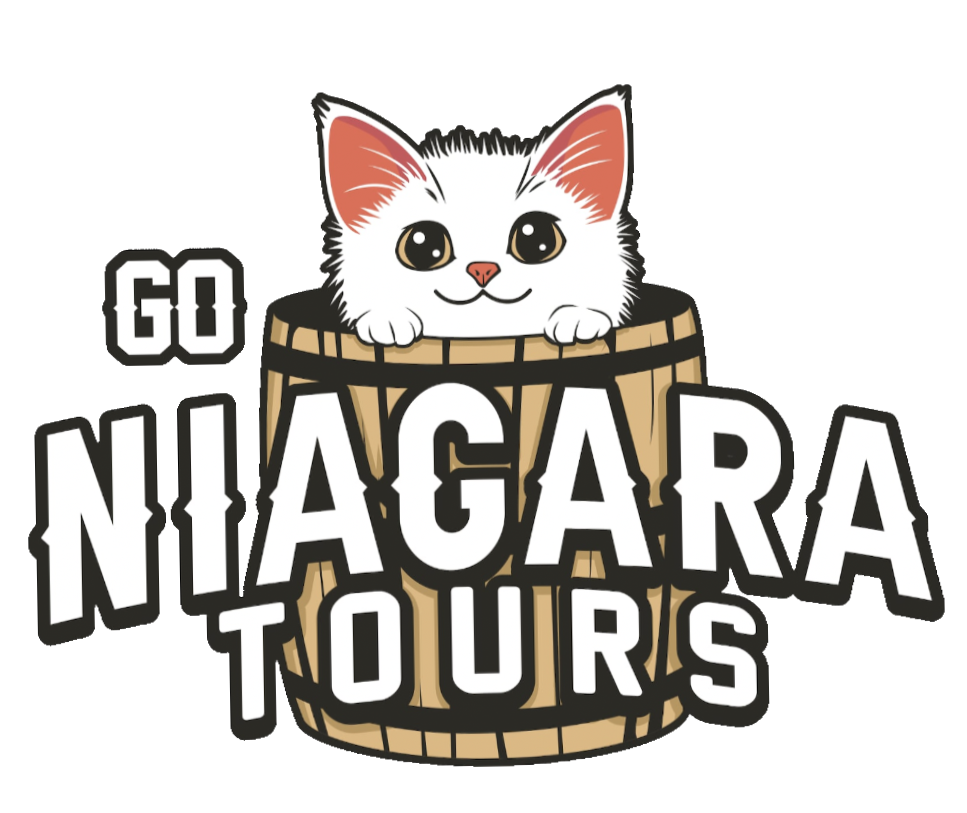NIAGARA FALLS TOURISM: HOW IT STARTED — AND HOW IT GREW INTO THE WORLD’S FIRST BUCKET LIST DESTINATION
Movie poster.
Niagara Falls Tourism: How It Started — and How It Grew Into the World’s First Bucket List Destination
Before the tour buses. Before the hotels. Before fireworks, Wi-Fi, or filtered selfies—there was just the river. Ancient. Endless. Roaring.
The first people to stand here weren’t tourists. They were the Haudenosaunee, including the Seneca, who knew this place as Onguiaahra—a word often translated as “the strait,” but better understood as “the thunder of waters.” They came for meaning, for ceremony, for the power of a place where land and sky turn to mist. It wasn’t a view. It was an experience.
Then in 1678, a French priest named Louis Hennepin arrived, stepped out of a birchbark canoe, and became the first European to write about the Falls. His descriptions were bold, dramatic, and a little exaggerated—but they captured one essential truth: Niagara was unlike anything in the world. Word spread, and suddenly this remote corner of North America had a reputation bigger than Paris.
Honeymooners at Niagara Falls.
The First Travelers
The earliest visitors came by canoe, on foot, and eventually by stagecoach—bouncing over muddy trails just to feel the rumble under their feet. Imagine arriving here in the 1700s or 1800s—no railings, no walkways, just raw cliffs and a white curtain of water loud enough to drown your thoughts. People didn’t come to take photos. They came because the Falls made them feel small in the best possible way.
And then Niagara exploded.
How It Grew (and Got Wild)
By the early 1800s, Niagara Falls had become North America’s first true vacation destination. Painters made it famous in Europe. Poets and philosophers called it a cathedral. Newlyweds turned the place into the world’s first honeymoon capital. Railroads printed posters calling it a “must-see” destination—long before anyone used the phrase.
And with the crowds came imagination.
Entrepreneurs built staircases, wood-plank walkways, and viewing platforms so people could get closer to the thunder. Hotels rose. Restaurants followed. Guides offered boat rides that took guests straight into the mist. Niagara became electric—not just in feeling, but literally, as hydroelectric power first harnessed here would go on to light cities, power industry, and help launch the modern electrical age.
And yes, things got wild.
Tightrope walkers crossed the gorge with crowds cheering below. Annie Edson Taylor went over the Falls in a barrel—and survived. Inventors, daredevils, showmen, and storytellers turned Niagara into a global stage, a place where the laws of nature and the limits of courage were tested every summer.
But through all the spectacle… the heart of Niagara never changed.
The roar stayed the same. The mist still rose. The awe still hit every visitor exactly the same way it hit the first ones: silent, stunned, transformed.
Antique photo of tourists from China at Niagara Falls.
Today — and Why It’s Still Worth the Trip
Today, millions still come to Niagara Falls. The shoes are better, the road is smoother, and nobody will charge you to stand near the water—but the feeling? The feeling is timeless.
That’s what we protect.
That’s what we share.
That’s why we exist.
At Go Niagara Tours, we don’t just take you to the Falls.
We connect you to 300+ years of wonder, ingenuity, adventure, and human drama.
We tell the stories most visitors never hear.
We walk in the footsteps of explorers, artists, engineers, and dreamers.
Because Niagara Falls isn’t just water.
It’s the birthplace of tourism in North America.
It’s the spark that powered the modern world.
It’s where people have always come to feel something.
Now it’s your turn.
🌊 Book your experience: GoNiagaraTours.com
📍 Local guides. Real history. Unforgettable views.
#NiagaraFalls #GoNiagaraTours #Onguiaahra #Haudenosaunee #FatherHennepin #NiagaraHistory #NiagaraHeritage #SenecaNation #GreatLakes #AdventureTravel #HistoryLivesHere #TravelNY #WesternNY #TravelStory




